
Pharma packaging solutions
Drug containment and drug delivery solutions for Pharma companies, biotechs and CDMOs
Contact us Pharma packaging solutions: Drug containment and drug delivery solutions for the pharmaceutical industry
SCHOTT Pharma understands the complex requirements of injectable drugs. Whether it’s the safe storage or reliable administering of drugs such as biologics, biosimilars, vaccines, and other therapeutics, we offer a broad range of pharma packaging solutions for pharmaceutical companies, biotechs, and CDMOs.

Antibody-drug conjugates
Unlock the full potential of targeted cancer therapies with our advanced container solutions for antibody-drug conjugates (ADCs). Designed to ensure stability, safety, and compatibility, our portfolio supports the unique requirements of ADC formulations throughout development and commercialization.

A modular vial concept for every need
SCHOTT Pharma's EVERIC® vials offer an innovative modular container concept designed to address the pharmaceutical industry's evolving needs. Crafted from FIOLAX® Type I Borosilicate Glass, these vials provide exceptional chemical durability, ensuring the stability and efficacy of complex drug formulations.

Subcutaneous injections of large-volume biologics
As biologic drugs evolve, the potential for self-administration increases, enhancing patient experience and adherence. However, subcutaneous delivery using pens, autoinjectors, on-body delivery systems, or infusion pumps faces challenges, particularly with high-viscosity or large-volume biologics.

Diabetes treatment
Sensitive GLP-1-based drugs such as GLP-1 RA peptides require advanced filling, storage and administration solutions for effective and safe insulin therapy for T2D. With a long history of pharmaceutical packaging, SCHOTT Pharma is your reliable partner for GLP-1-based diabetes treatment.

Obesity treatment
With a long-standing track record and a dedication to keep even the most delicate molecules, such as GLP-1 RA peptides and GLP-1-based drug innovations, safe during filling, storage, and administration, SCHOTT Pharma is your reliable partner for effective obesity management solutions.
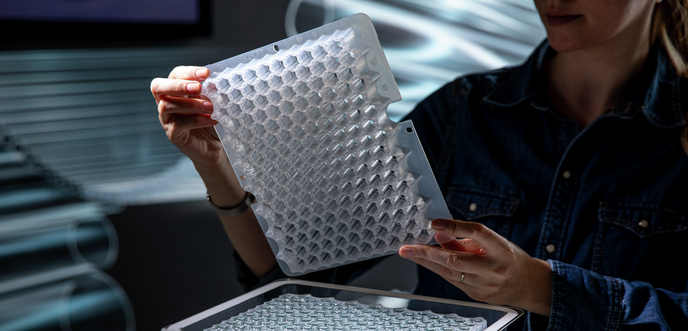
Optimized polymer syringe nest
In today’s fast-paced pharmaceutical landscape, the demand for rapid, large-scale filling of vaccines, diluents, and blockbuster drugs in 1 ml long polymer syringes is at an all-time high. To stay competitive, manufacturers must achieve exceptional operational excellence and high-speed manufacturing that not only offers swift and efficient filling of syringes but also adheres to stringent quality standards and regulatory requirements.
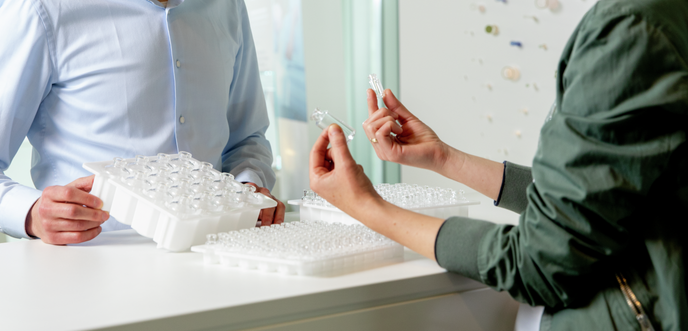
Improved manufacturing processes for large batches
Continuous evaluation of your manufacturing processes is essential to achieve higher drug yields using less resources. At the same time, however, high-quality standards and flexibility must be maintained. Lower cost, better quality, and higher flexibility can be contradictory goals and require a fundamental rethinking of manufacturing processes.
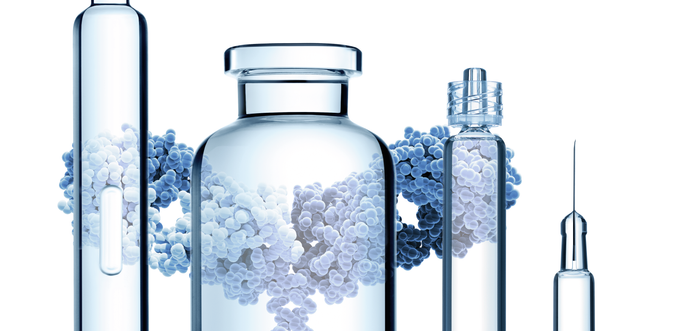
Drug container interaction mitigation for Biotechs
For smaller biotech companies, the right selection of drug containersright selection of drug containers is especially challenging since in-house capabilities are focused primarily on R&D and not on the selection of the optimal drug container. However, it is crucial to evaluate different primary packaging solutions early in the drug development phase to avoid stability issues such as drug-container interaction in the commercialization phase.
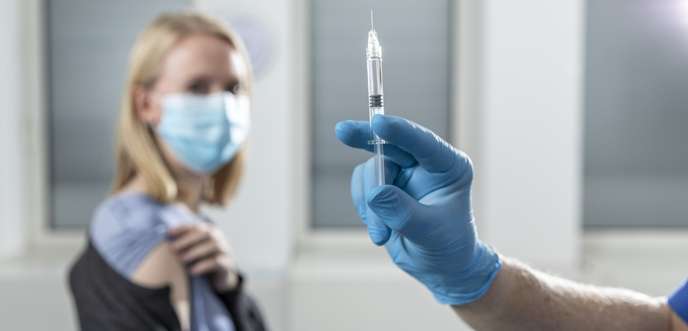
Low temperature storage of mRNA
The demanding low temperature storage and transport conditions of mRNAlow temperature storage and transport conditions of mRNA applications put additional strain on the primary packaging system container. Cold chain conditions and the freeze-thaw cycle can impact mechanical stability, performance, container closure integrity and particulate levels. All these potential risks must be understood to launch an mRNA drug with confidence.
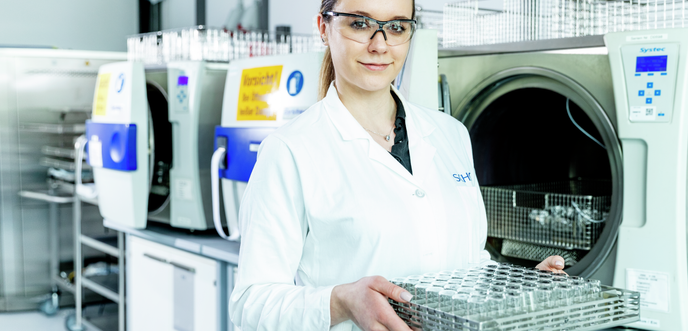
Drug submission preparation
The preparation for regulatory approval of new drug products demands thorough packaging-related testing to ensure drug safety and efficacy. This testing spans a wide range of evaluations and are essential not only for meeting stringent regulatory standards, but also for safeguarding patient safety. Discover the four tests required for your drug submission preparation.

Delamination control
There is no single factor that causes glass delamination in a pharmaceutical setting, and it can be a difficult problem to address because it typically doesn’t show up until the product has been stored in the container for several months. Nevertheless, there are concrete steps that pharma companies can take to minimize the risk of glass delaminationminimize the risk of glass delamination.
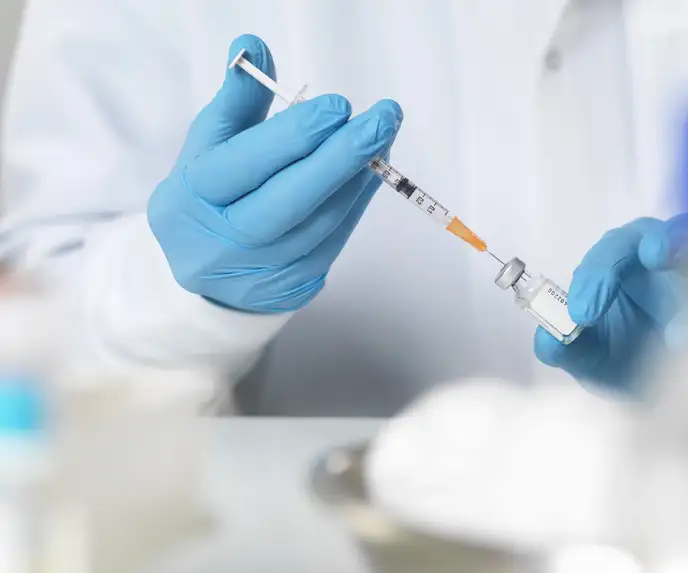
Drug stability for low fill volume
An increasing number of innovative drugs are filled significantly below the nominal volume of the vial. In these low-fill scenarios, the so-called heel zone has a relatively higher impact, thus affecting the overall drug stability. The heel zone is a near-bottom area which might potentially show a changed leaching behavior due to an inhomogeneity caused by the standard vial converting process
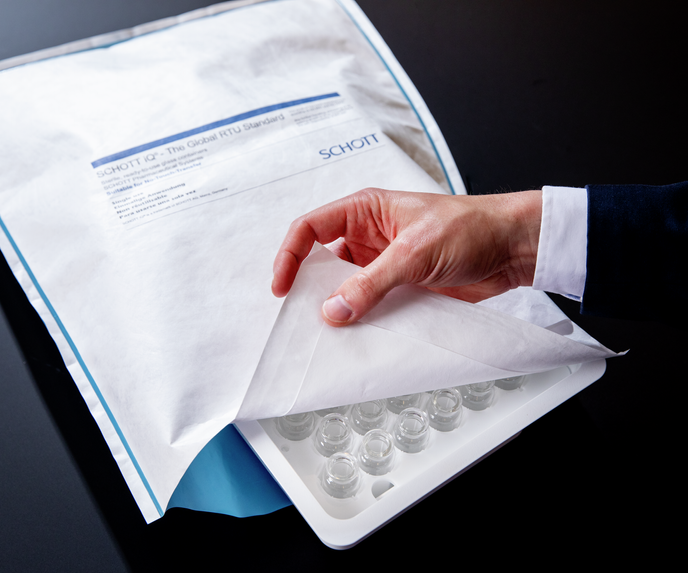
Contamination risk mitigation
SCHOTT Pharma has developed end-to-end pharma packaging solutions to protect the sterile integrity of its RTU portfolio: Pharma companies can order products from the SCHOTT iQ® platform with an especially designed Tyvek® bag with improved robustness and an additional visual inspection feature for perfect sealing.

Track and trace for drug containers
The expanding traceability of raw materials, parts, and finished products has been shaped by highly regulated industry sectors that legally require compliance, such as the pharmaceutical, aerospace, and automotive sectors. Although traceability has always been a vital aspect of pharmaceuticals production, few drug container manufacturers have taken on the challenge of actually providing traceability along the supply chain. SCHOTT Pharma sets new standards.

Fill-and-finish services to identify weak spots
Whether it’s a major glass breakage event or failed quality inspection, identifying where exactly issues are occurring within the manufacturing process can be difficult and resource intensive. Misaligned guardrails, process transitions, and automated handling systems can all result in excess shocks and applied pressure that can lead to damage that increases the risk of a major event during production, failed quality inspections, and breakages during shipping and transportation.
